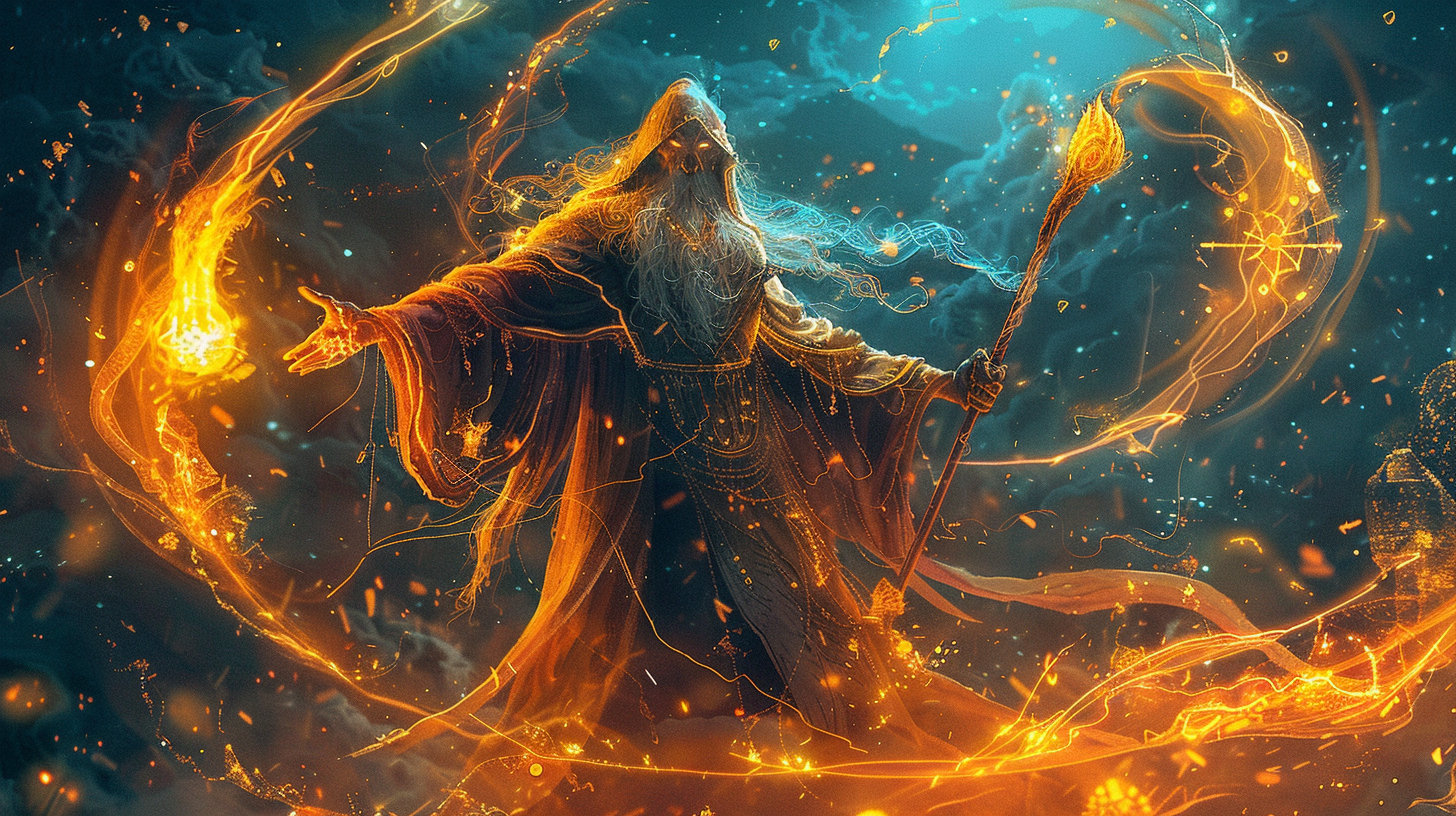Diablo Immortal, Blizzard Entertainment’s mobile entry into the venerable action RPG series, ignited considerable debate upon its release, largely centered on its aggressive monetization model. At the heart of this controversy, and indeed its engagement strategy, lies a sophisticated and highly effective loot system designed to keep players perpetually grinding and, for many, spending. This system leverages the core psychological principles of intermittent reinforcement and the pursuit of incremental power, akin to a high-stakes slot machine.
The Core Loop: Kill, Loot, Enhance
Like all Diablo games, Immortal builds on a compelling loop:
- Kill Monsters: Players engage in combat against hordes of demons and monsters in various zones and dungeons.
- Acquire Loot: Defeated enemies drop gear (weapons, armor, accessories) of varying rarities, as well as crafting materials and gold.
- Enhance Power: Collected loot is either equipped to boost character stats, or dismantled to upgrade existing gear. Legendary items offer unique effects that drastically alter gameplay.
This loop is inherently satisfying, but Diablo Immortal supercharges it with mobile-specific mechanics and a layer of monetization.
Layered Looting and the Allure of the Legendary
Diablo Immortal‘s loot system isn’t just about finding rare items; it’s about finding the right rare items and then endlessly refining them:
- Rarity Tiers: Common, Magic, Rare, Legendary. Legendaries are the core chase items, offering not just stat boosts but transformative affixes that define a build. The relatively low drop rate for specific desired Legendaries drives prolonged grinding.
- Item Levels and Stats: Even within the same rarity, items have varying stat rolls and levels. This means even if you get a Legendary, it might not be a “perfect” roll, encouraging continuous hunting for upgrades.
- Set Items: Specific sets of gear offer powerful bonuses when worn together, requiring players to hunt for multiple coordinated drops.
- Essence Transfer: A crucial system allowing players to extract the unique Legendary affix from one item and transfer it to another. This provides some flexibility and prevents “bricking” good legendary rolls due to bad stats, but still requires the initial legendary drop.
The Role of Legendary Gems and Crests: The Gacha Element
This is where the “slot machine” analogy becomes most potent. Beyond traditional gear, Diablo Immortal‘s deep end-game progression is heavily tied to Legendary Gems.
- Legendary Gems: These powerful gems provide significant stat boosts and unique abilities, acting as a major source of character power. They are socketed into gear.
- The Problematic Acquisition: Legendary Gems are primarily acquired by running Elder Rifts, which can be modified with “Crests.”
- Rare Crests: Can be earned through gameplay or purchased. Slightly increase the chance of legendary gem drops.
- Legendary Crests: Must be purchased with real money (or very rarely acquired through specific events). Significantly increase the chance of legendary gem drops and guarantee a legendary gem drop after 10 Legendary Crests are used (a form of “pity”).
- Random Rolls and Star Ratings: Crucially, even when a Legendary Gem drops, its power (measured in “star ratings,” from 1-star to 5-star) is random. Higher star gems are exceedingly rare. This means players aren’t just chasing the gem type, but also a high-star version of that gem.
- Gem Resonance: The power of a Legendary Gem can be further increased by sacrificing other Legendary Gems to it, a process called “Resonance.” This creates a truly endless grind and a “pay-to-progress-faster” loop for the whales.
The Addictive Cycle of Grinding and Spending
Diablo Immortal‘s loot system thrives on:
- Intermittent Variable Rewards: The thrill of a Legendary drop or a high-star Legendary Gem keeps players going, even after long periods of no significant rewards. This mirrors the unpredictable nature of slot machines.
- The Power Ladder: There’s always a stronger piece of gear, a higher star gem, or a better set bonus to chase. This creates a seemingly endless progression path.
- Pay-to-Accelerate: While the game is technically free-to-play, reaching the pinnacle of power, especially for PvP, is heavily skewed towards those who spend significant amounts on Legendary Crests to acquire and rank up high-star Legendary Gems.
- Social Pressure (PvP): For players engaged in competitive PvP modes like Battlegrounds, the disparity in power between those who spend and those who don’t becomes glaring, incentivizing spending to remain competitive.
In essence, Diablo Immortal‘s loot system is a masterclass in designing a persistent, randomized reward structure. It combines the familiar dungeon-crawling satisfaction of Diablo with mobile-centric monetization that leverages psychological triggers. While it has been widely criticized for its aggressive implementation, it undeniably demonstrates how carefully constructed loot distribution, particularly through a gacha-like gem system, can keep a player base engaged in a continuous cycle of grinding and spending in the pursuit of the next powerful drop.



Leave a Reply